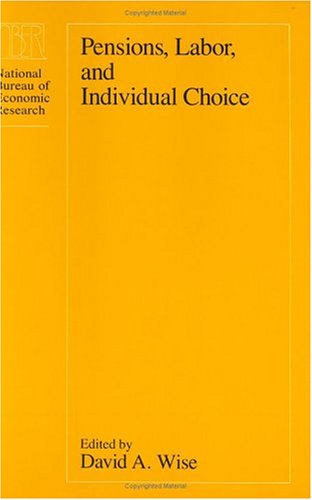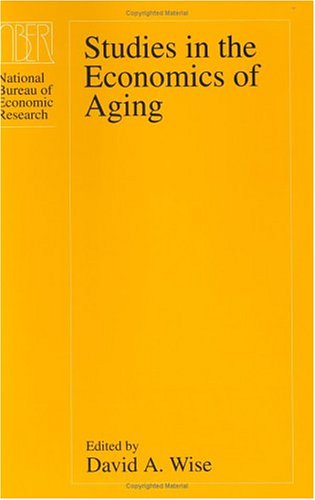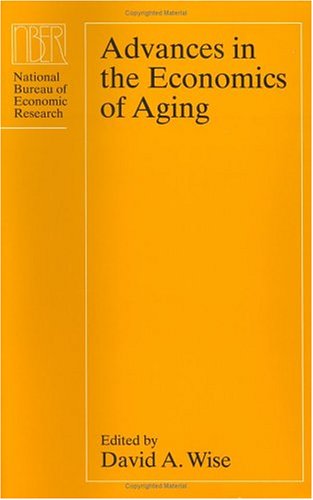NBER-Project Reports (CHUP)
3 total works
In recent years a decline in the labor force participation of older workers has combined with rapid current and projected increases in the number of older Americans, producing major policy debates over looming "crises" in social security and, to a lesser extent, in the private pension system. That private system is playing an increasing role in the support of retired workers and promises to be the subject of increasing scrutiny by economists and policymakers alike.
Previous books on private pensions have largely neglected behavioral implications of the features of pension plans. The papers in this volume, developed from material presented at a recent National Bureau of Economic Research conference, address two aspects of the relation between varieties of labor coverage and participation in the labor force. First, age at retirement may be correlated with kind of pension coverage. The papers, in fact, provide strong evidence that individual decisions about when to retire are directly influenced by pension options. Second, pension plans usually impose a high cost on workers who change jobs, which suggests that pension coverage reduces instances of job change. Pensions, Labor, and Individual Choice quantifies these correlations and proposes a conceptual framework within which to view them.
Previous books on private pensions have largely neglected behavioral implications of the features of pension plans. The papers in this volume, developed from material presented at a recent National Bureau of Economic Research conference, address two aspects of the relation between varieties of labor coverage and participation in the labor force. First, age at retirement may be correlated with kind of pension coverage. The papers, in fact, provide strong evidence that individual decisions about when to retire are directly influenced by pension options. Second, pension plans usually impose a high cost on workers who change jobs, which suggests that pension coverage reduces instances of job change. Pensions, Labor, and Individual Choice quantifies these correlations and proposes a conceptual framework within which to view them.
This is the fourth book in a series from the National Bureau of Economic Research that addresses economic issues in ageing and retirement. Building on the research in "The Economics of Aging" (1989), "Issues in the Economics of Aging" (1990) and "Topics in the Economics of Aging" (1992), this volume examines relations between elderly population growth and government spending. Chapters cover life expectancy and health, saving for retirement and the role of 401(k) plans, demographic transition and housing values, ageing in Germany and Taiwan, and the utilization of nursing homes and other long-term care.
This volume presents research on issues of importance to the well-being of older persons, including: labour market behaviour, health care, housing and living arrangements, and saving and wealth. Specific topics include the effect of labour market rigidities on the employment of older workers; the effect on retirement of the availability of continuation coverage benefits; and the influence of the prospective payment system (PPS) on rising Medicare costs. Also considered are the effects of health and wealth on living arrangement decisions; the incentive effects of employer-provided pension plans; the degree of substitution between 401(k) plans and other employer-provided retirement saving arrangements; and the extent to which housing wealth determines how much the elderly save and consume.


